Viable seeds will germinate when certain conditions, such as soil temperature, moisture, light, and oxygen, are met. Different seeds have different requirements regarding these conditions. For some seeds, scarification is one of the requirements.
This article contains affiliate links. If you make a purchase using one of these links, I will receive a very small commission at no additional cost to you, and it will help me maintain this website. Rest assured, I only recommend products I actually like!
Scarifying happens when seeds are softened, scratched, or superficially cut to make them more permeable to water and gases. In the natural, scarification is caused by weather, soil texture, or by passing through the digestive tract of a bird or animal. The abrading helps prepare the seed for germination by enabling water and gases (oxygen) access to the embryo. But when we harvest seeds from the garden and store them in protective containers indoors, it eliminates the scarification process that some seeds need.
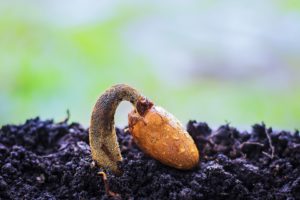
The lack of scarification can negatively affect the seeds’ germination rate. Therefore, to increase the germination rate, it can help to take the pristine seeds through a process that mimics natural scarification. Not only does this increase the germination rate, but it can also speed up the germination of some seed varieties.
Scarification should not be confused with stratification, which is the process of tricking seeds into thinking they have gone through winter. Pretreating certain seeds in this way helps bring them out of dormancy.
The kinds of seeds that benefit the most from scarification are the ones that have a thick, hard, or rough testa or what is more commonly known as the seed coat. Flower seeds, like nasturtiums and morning glories, are more likely to need scarification than vegetable seeds. However, there are several vegetable seeds that can greatly benefit from this process. These include okra, beans, peas, winter squash, asparagus, corn, spinach, melons, pumpkins, Swiss chard, strawberries, and beets. Most nightshades, like tomatoes and peppers, have impermeable seed coats, and they, too, can benefit from scarification.
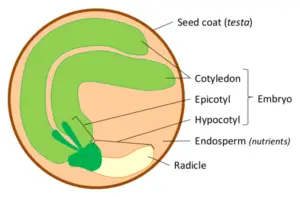
Seeds that have been scarified do not store well and should be planted right away because the coat is no longer protecting the embryo inside.
Here are three methods for scarifying seeds.
Moist or Thermal Scarification: Soak the Seeds
The most common way to scarify seeds is to soak them in water. Place the seeds in a shallow bowl of warm water for about twelve hours or overnight so they will be ready to plant in the morning. Alternatively, place the seeds on a moistened paper towel inside a sealable baggie or container. The process softens the seed coat, enabling oxygen and moisture to penetrate the coat. The absorption of water is called imbibing, and it signals that it is time for the embryo to come out of dormancy.
A variation of this method is to soak the seeds in very hot water and leave them there until the water has cooled or the seeds swell to about double their original size. Plant the seeds right away.
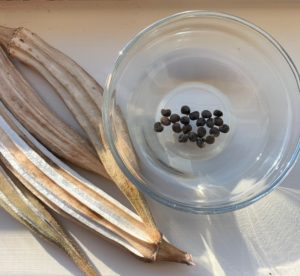
Chemical Scarification
Commercial seed operations scarify seeds using chemicals, most often sulfuric acid. But sulfuric acid is very caustic and not a safe alternative for the home gardener. A safer option, although not as effective, is white vinegar. Soak the seeds in a shallow bowl of white vinegar for several hours or overnight if that is more practical for you. This method works best on seeds that do not have a particularly thick seed coat. Plant the seeds after soaking.
Another chemical scarification option would be to soak seeds in 3% hydrogen peroxide for thirty minutes, rinse well and plant right away. Some specify soaking seeds in a mixture of 1 ounce ( 29.5 ml) hydrogen peroxide and 16 ounces (473 ml) of water for 18 to 24 hours. Or wrap them in a paper towel moistened with hydrogen peroxide for 18 to 24 hours, then rinse and plant. You may need to experiment with this method to see what works best for each seed type.
Mechanical Scarification: Scratch or Nick the Seeds
Another method of scarifying seeds is to scratch or nick the surface of the seed coat. You can do this by carefully rubbing the seeds against sandpaper or gently scratching the surface with your fingernail or nail file. It is important not to cut through the coat as it may harm the seed’s embryo and render it inviable. Some gardeners advocate soaking the seeds after the seed coat has been nicked, but this may not be necessary.
Now you know the basics of seed scarification. By implementing this process for certain seeds, you should see the germination rate, and in some cases, the speed of germination, increase.
Thank you for reading this article! If you found it helpful, please consider sharing it with others via email and social media!
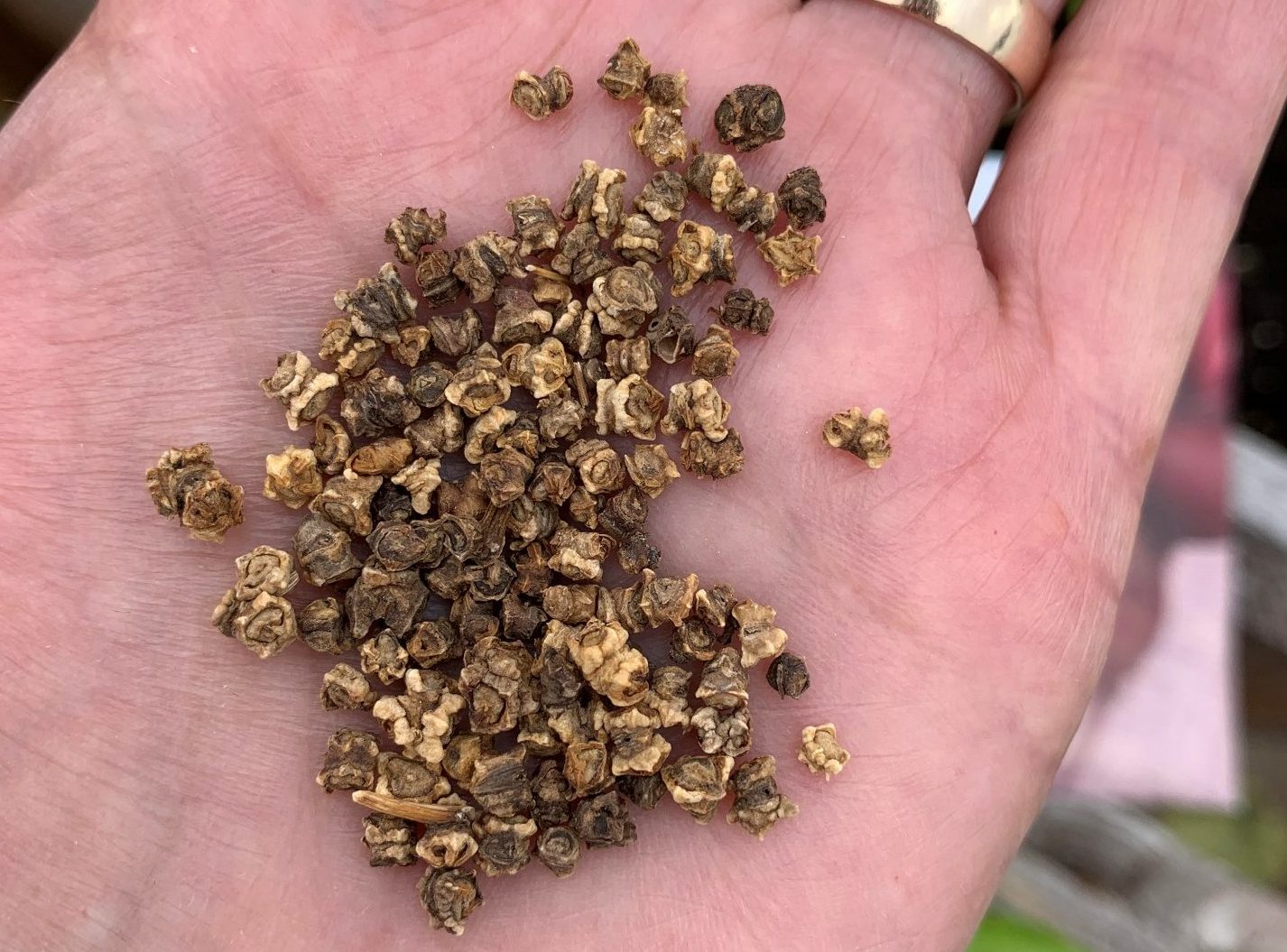
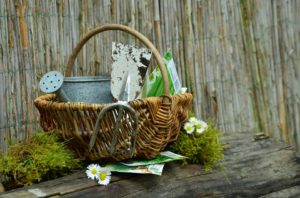
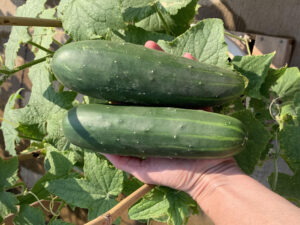
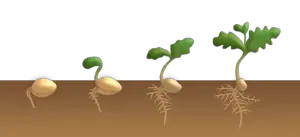

Thank you for the scarification techniques! I discovered why all but one of my palm seeds did not sprout in 2021 the year I became obsessed with growing them from seed and have had better luck this year with five seedlings.
You are so welcome! Glad the article was helpful. Best wishes for a garden full of palms 🙂
Blessings,
Hildy